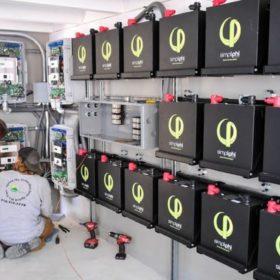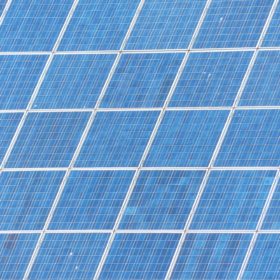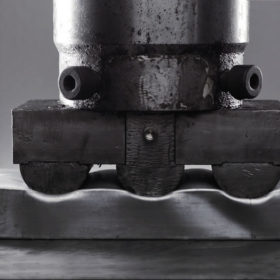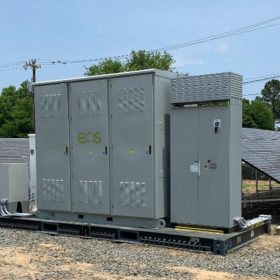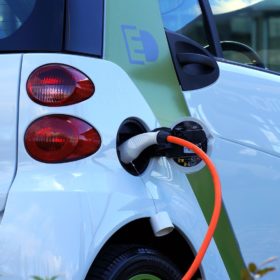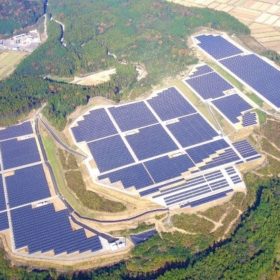The Texas battery boom
With two new projects clocking in at 100 MW each, the Texas storage market is demonstrating that California isn’t the only U.S. state that can do big batteries.
Simpliphi predicts cobalt-free battery takeover sooner than expected
pv magazine spoke with Catherine Von Burg, CEO of the Californian battery company, to discuss why she believes lithium-iron-phosphate is the chemistry of the near future.
Daily news round-up: UK reveals details of next renewables auction, Iran’s first floating PV and more hydrogen
Taiwanese cell manufacturer Inventec Solar reportedly halted production this month and Ireland is preparing to remove rooftop solar panel restrictions, according to the Irish Independent.
Solar-powered hydrogen under $2/kg by 2030
Researchers from the Massachusetts Institute of Technology have identified sites where hydrogen could be produced via PV electrolysis at prices ranging from $1.90/kg to $4.20/kg in the United States by the end of the decade.
Indian coal tar company enters battery business
Epsilon Carbon has commissioned a new production facility to manufacture synthetic graphite anode materials for lithium-ion batteries. It plans to invest US$70 million over the next five years to increase the plant’s capacity to 50,000 tons.
Free batteries for low-income households to fight California blackouts
Sunrun CEO Lynn Jurich says storage is “critical for equity” – and putting more standalone storage on the grid means less electricity going through wires in wildfire-prone areas.
The weekend read: Coming around
Given the number of batteries (primarily lithium-ion) that are required to decarbonize the power and mobility sectors, the industry is now preparing for a mountain of battery waste. Recycling is technically feasible, but is also subject to sensitive economics. The framework in which recycling companies can achieve the best life-cycle costs for batteries needs to be carefully enabled through policy – and it will likely include a mixture of technologies and business models, in order to allow life-cycle emissions of batteries to be brought down.
How standards can ensure battery safety
There’s no understating the importance of maintaining a safe battery system, and that maintenance will become only more important as battery adoption grows exponentially in the coming years. Fortunately, new standards are being developed alongside existing protocols to make safety management uniform and manageable.
French start-up plans 16 GWh battery factory
Verkor intends to set up a battery fab, with production to start in 2023. The scale could reach 50 GWh, depending on the dynamism of the stationary storage and electric vehicle markets.
Japan’s struggle to drive down renewables costs
A nation famous for high electricity prices has seen power costs fall 15% this year, according to analyst Wood Mackenzie, a figure which will help attract $100 billion of solar and wind investment to 2030. Renewables will have to work even harder, however, to displace fossil fuels in hydrogen production.

